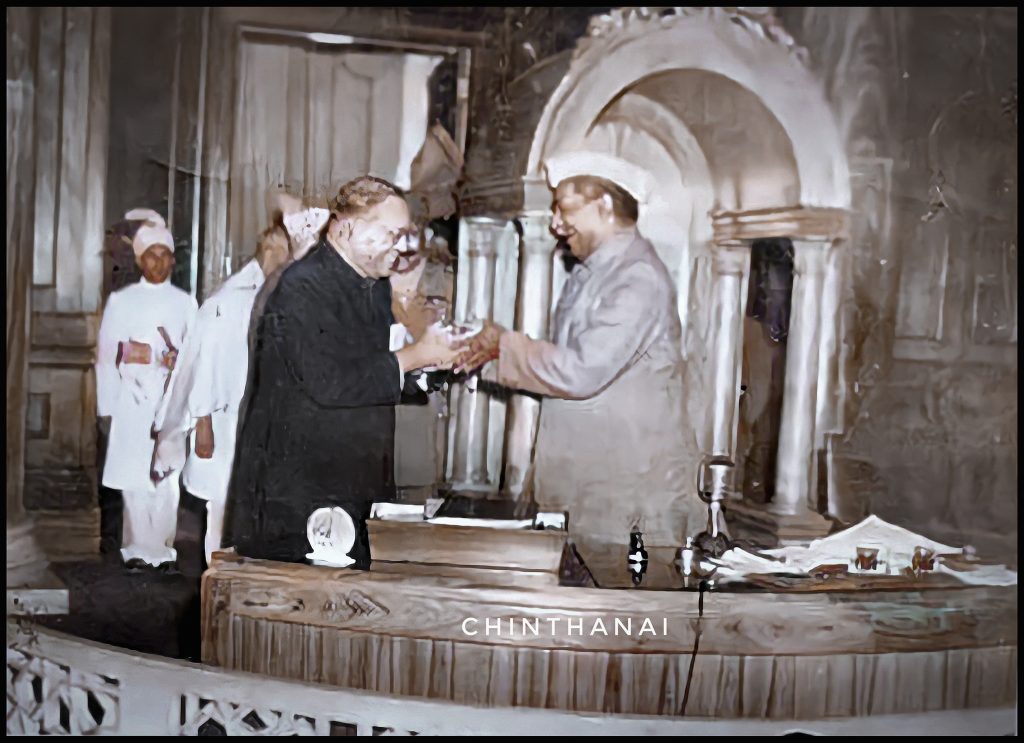The Right to Life and Personal Liberty is enshrined in Article 21 of the Indian Constitution, stating:
“No person shall be deprived of his life or personal liberty except according to procedure established by law.”
This brief but powerful provision has been the cornerstone of numerous landmark judgments, expanding its meaning far beyond mere survival.
Original Interpretation of Article 21
Initially, the Supreme Court of India took a narrow view of Article 21. In A.K. Gopalan v. State of Madras (1950), the Court held that as long as the procedure established by law was followed, the State could curtail liberty—even if the law was unjust.
Expansive Interpretation: A Turning Point
The turning point came with Maneka Gandhi v. Union of India (1978). The Supreme Court broadened the interpretation by holding that:
-
The “procedure” must be just, fair, and reasonable, not arbitrary.
-
Article 21 must be read along with Articles 14 and 19, introducing the concept of substantive due process.
Widening the Scope of “Life”
Over the years, the judiciary has interpreted “life” to mean more than animal existence. It now includes the right to live with human dignity and a quality life. Some notable additions include:
✅ Right to Livelihood
-
Olga Tellis v. Bombay Municipal Corporation (1985): Right to livelihood was recognized as part of the right to life.
✅ Right to Privacy
-
Justice K.S. Puttaswamy v. Union of India (2017): A nine-judge bench ruled that the right to privacy is intrinsic to Article 21.
✅ Right to Clean Environment
-
M.C. Mehta cases (including Ganga pollution and air pollution): The Court held that a clean and healthy environment is essential to life.
✅ Right to Die with Dignity
-
Common Cause v. Union of India (2018): The Supreme Court recognized passive euthanasia and living wills as part of the right to die with dignity.
✅ Right to Shelter
-
In various judgments, the Court has held that a proper shelter is essential for a dignified life.
✅ Right to Health and Medical Care
-
Healthcare, especially for workers and vulnerable groups, has been held as a necessary part of Article 21.
Recent Judicial Trends
In recent times, courts have continued to broaden the scope of Article 21:
-
During the COVID-19 pandemic, courts emphasized the State’s obligation to ensure access to oxygen, beds, and treatment as a part of the right to life.
-
Cybersecurity and data protection debates have invoked Article 21 to push for legal frameworks ensuring digital privacy.
Criticism and Challenges
While Article 21 is a tool of empowerment, critics argue:
-
Over-expansion may blur the line between judicial activism and judicial overreach.
-
Implementation often remains weak due to systemic and bureaucratic issues.

